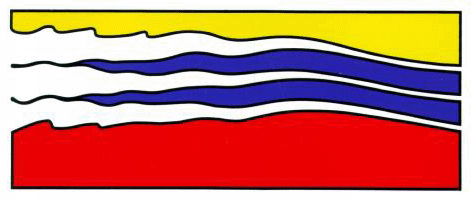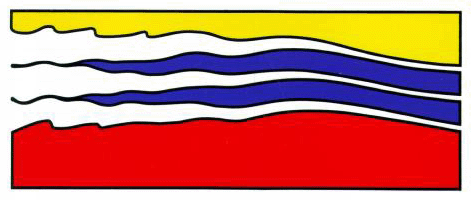
4111 Monarch Way, 3rd Floor
Old Dominion University
Norfolk, VA 23508
757-683-4940


Passive ocean color remote sensing has revolutionized our
ability to quantify horizontal patterns of algal distributions across
the ocean surface. However, models based on passive ocean color alone
often fail to predict integrated water column primary productivity
accurately in coastal environments, primarily because they lack specific
knowledge of vertical distribution of phytoplankton. LIDAR (Light
Detection And Ranging), an active remote sensing tool, offers to provide
critical insights into the vertical distribution of plankton throughout
the water column, significantly improving our ability to model
biogeochemical processes in the upper ocean, particularly in coastal
waters where significant biomass often resides below the first optical
depth and provides 70 to 80% of the total euphotic zone integrated
production. We developed a simple 2-flow radiative transfer model of
LIDAR propagation through an optically active water column that can be
inverted to retrieve the vertical distribution of inherent and apparent
optical properties, and the distribution of particles throughout the
euphotic zone. Model predictions have been validated by laboratory and
field observations, and serve as the basis for significantly improving
remotely sensed primary productivity estimates for the coastal ocean.
We are now constructing a ship-based LIDAR system to further explore the
capability of this technology to provide rapid and accurate information
on the vertical distribution of particles in the coastal ocean, and
their material properties (biological vs. mineral, photosynthetic
vs. non-photosynthetic, etc.) that can significantly enhance our
understanding of ocean biogeochemistry.
Dr. Zimmerman's research interests focus on the ecophysiology of marine photosynthesis, radiative transfer in natural waters and the use of remote sensing technology to understand biogeochemical processes of the ocean. He received B.S., M.S., and Ph.D. degrees in Biology from the University of Southern California. He then spent several years as a Research Scientist at Hopkins Marine Station and Moss Landing Marine Laboratories. He moved to Old Dominion University in 2003, where he is currently Department Chair and Professor of Ocean, Earth and Atmospheric Sciences.

|
Innovation Research Park Building I 4111 Monarch Way, 3rd Floor Old Dominion University Norfolk, VA 23508 757-683-4940 |

|